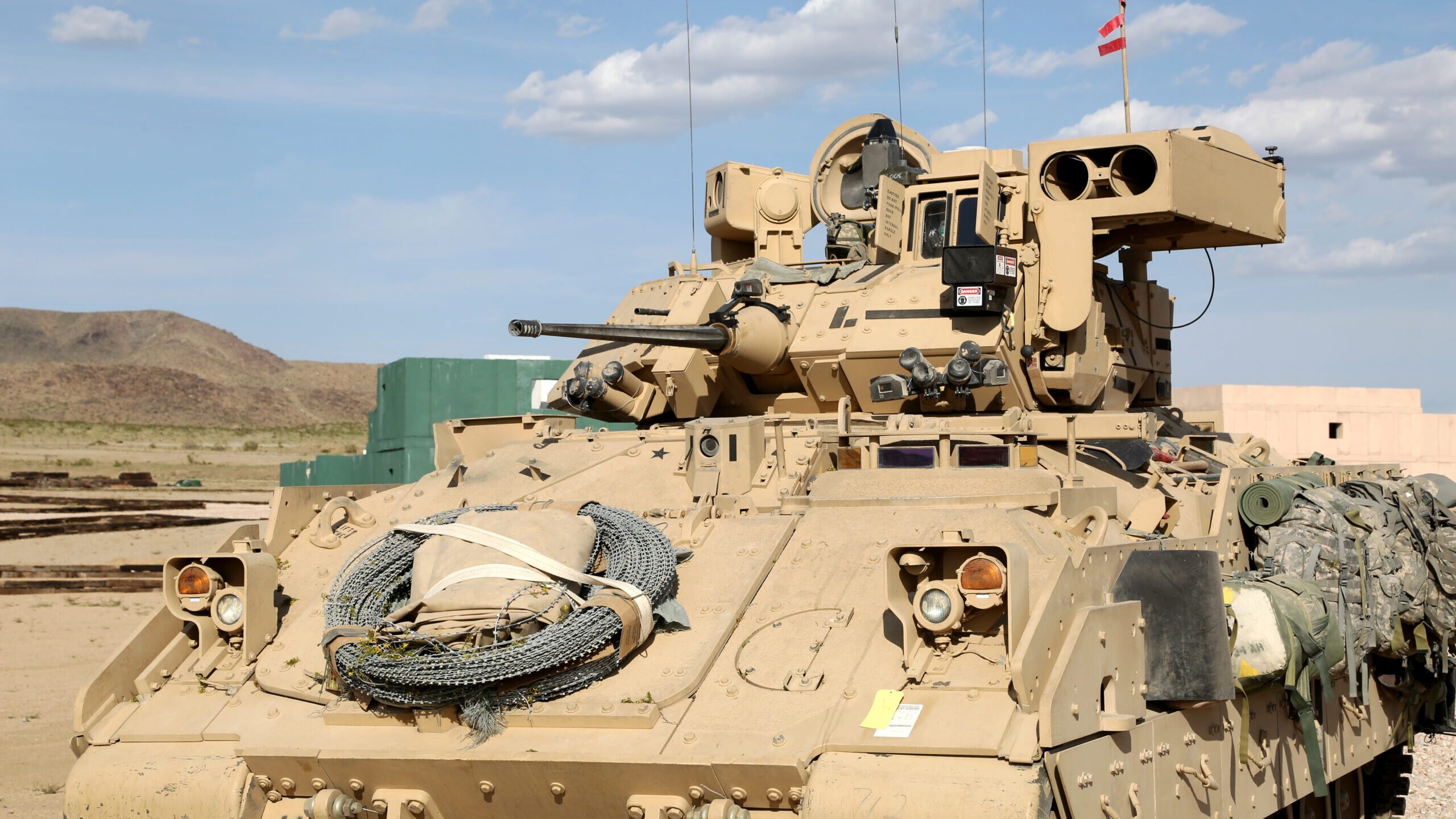Which, surely is the whole point about the value of the Light Force. The Mech/Motor element, especially in a land-locked environment, took time to establish.
| Roto 0 | August 2003– February 2004 | 3rd Battalion, The Royal Canadian Regiment Battalion Group |
|---|
| Roto 1 | February 2004– August 2004 | 3rd Battalion, Royal 22e Régiment Battalion Group |
|---|
| Roto 2 | August 2004– February 2005 | 1st Battalion, Princess Patricia’s Canadian Light Infantry Battalion Group |
|---|
| Roto 3 | February 2005– July 2005 | 1st Battalion, The Royal Canadian Regiment Battalion Group |
|---|
The first 12 months were conducted by LIBs. Transport, especially in Roto 0, was characterized by John Deere Gators, the Iltis, the Bv206 and the Chinook. I can't speak to the make up Roto 1 except to note that it was a Light Bn. If there were any mechanized/medium/heavy/motorized elements they were added to a Light Infantry Bn core.
From Roto 2, 12 months later, the Canadian Army started deploying full time Mechanized Battalions with reinforcements.
I would say that the Light - Medium mix worked pretty much as it would be expected to. Although taking a year to get a full LAV Battle Group in country might seem a bit excessive to some. Tanks arrived in 2006. Combat Ops ended in 2011 and Withdrawal occurred in 2014.
I agree that the Medium Force made the better force for the long term deployment. But it was the Light Force that established the theatre. And there seems to have been an awful lot of infantry flying around in helicopters as well. Even if they had to park their LAVs.


